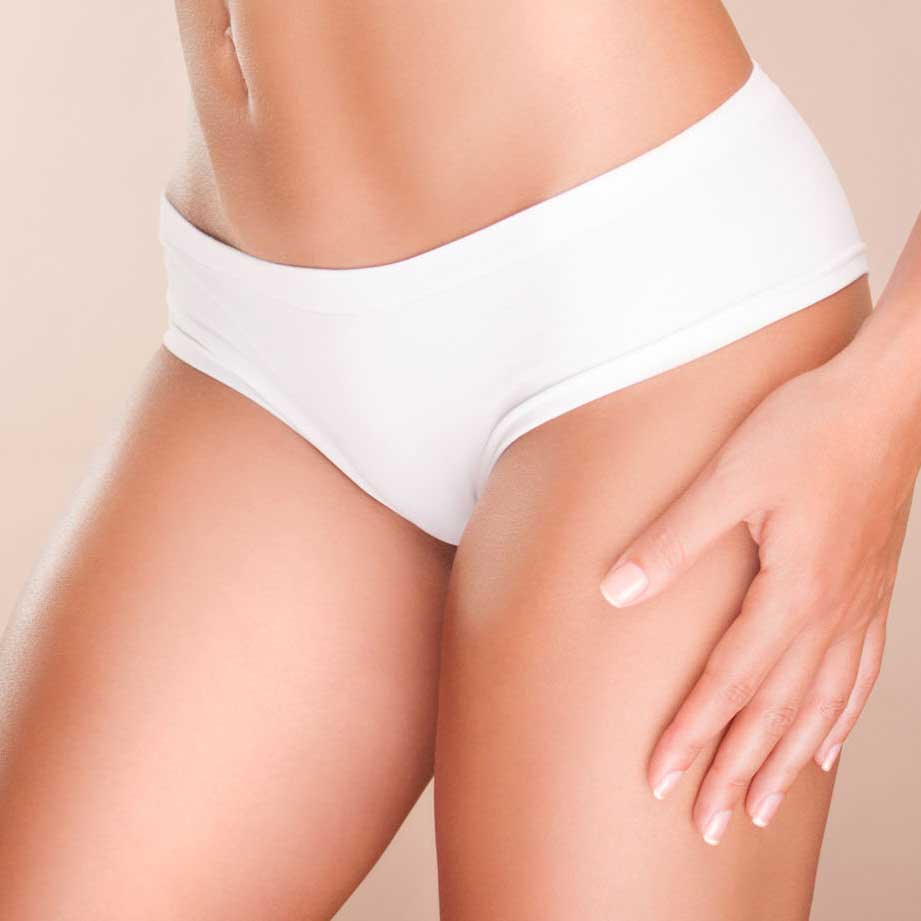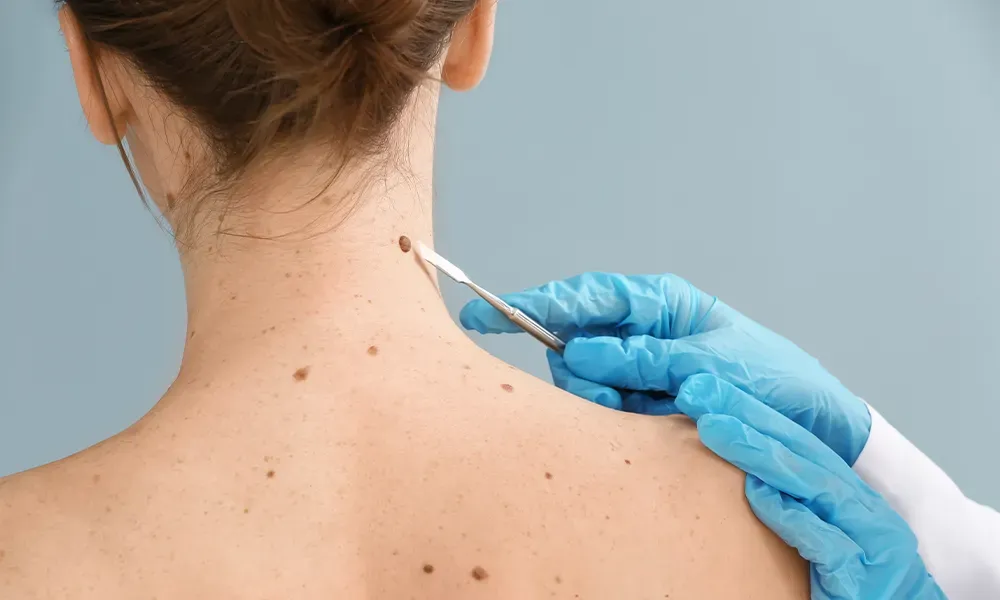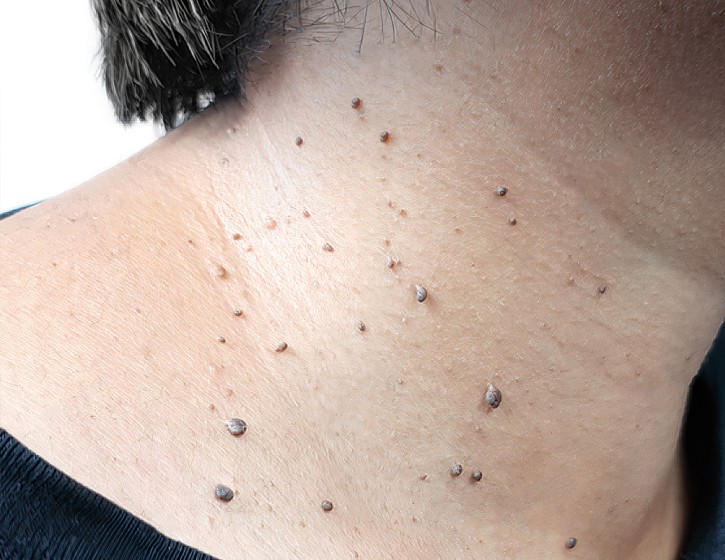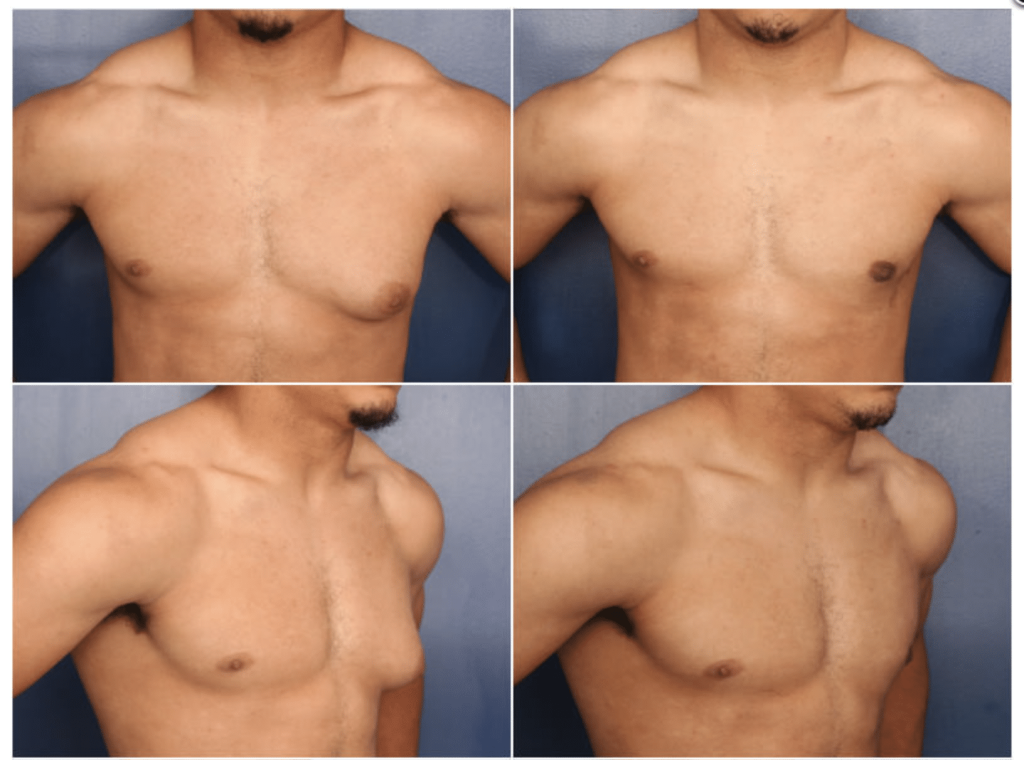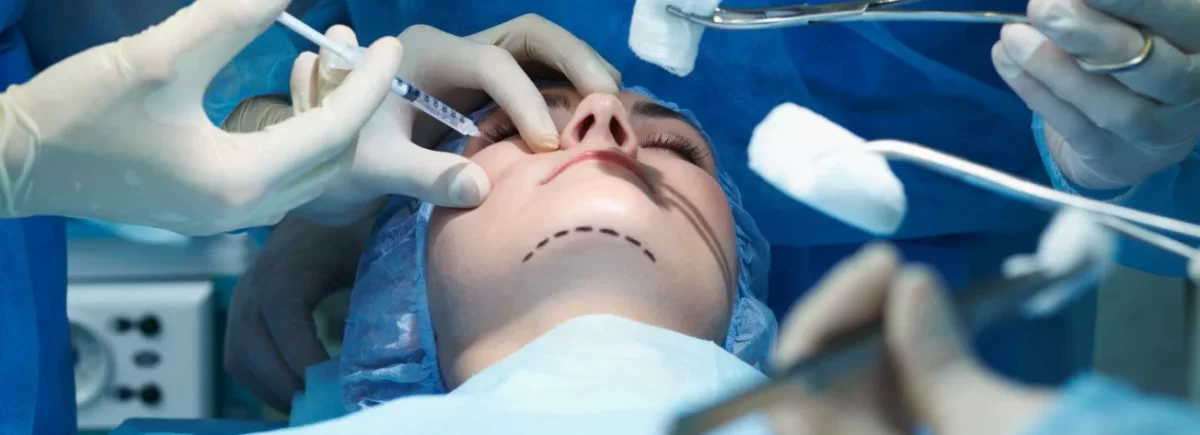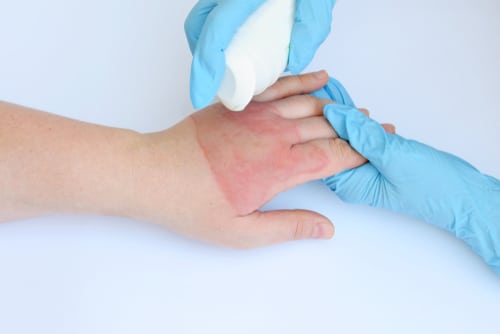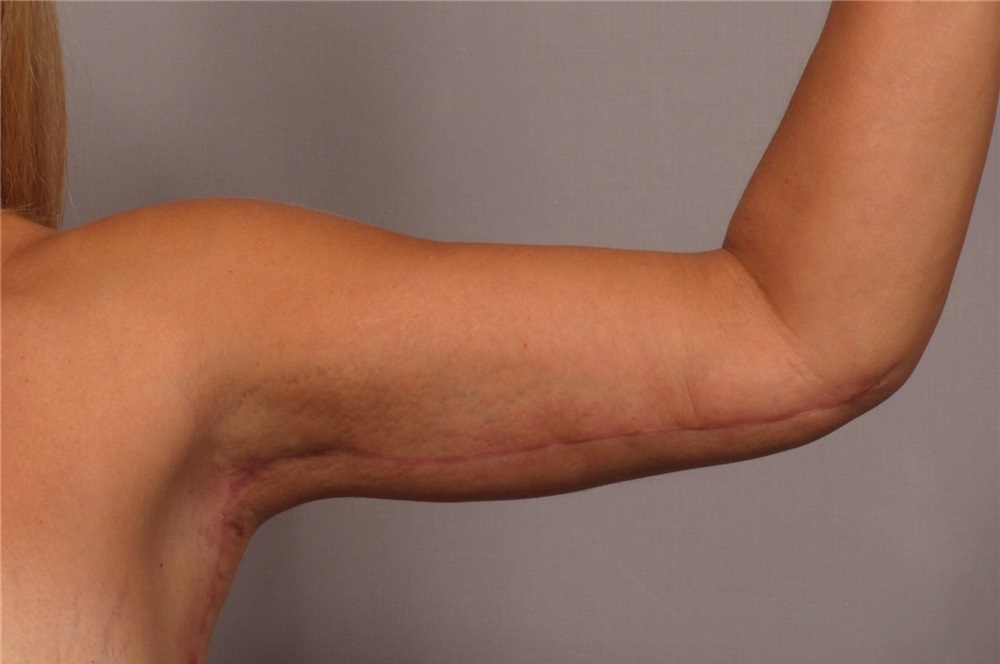Essential Recovery Checklist
Pre-Surgery Prep
Before surgery, preparation is key. It’s crucial to pick up all prescribed medications. This step ensures you won’t have to rush after the procedure. Also, arranging for someone to help during the initial recovery days is wise.
You should review your living space. Make sure everything you need is within easy reach. This planning reduces strain and promotes a smoother recovery.
Post-Op Must-Haves
Compression Garments
These are non-negotiable for reducing swelling and improving blood circulation. Ensure you have the right size for optimal support.
Protein Supplements
Adequate protein intake is vital for wound healing. Stock up on supplements if your diet might fall short.
Gauze Pads
Keep plenty of these on hand for dressing changes. They are essential for keeping wounds clean and absorbing any fluid.
Comfort Enhancers
Pillows
Investing in extra pillows can make a significant difference. They help in maintaining a comfortable sleeping position, which is crucial for healing.
Thin Undershirts
Wearing these under compression garments can prevent chafing and irritation. They add an extra layer of comfort during your recovery period.
Compression Garments and Comfort
Necessity Explained
Compression garments play a crucial role in the post-tummy tuck recovery process. They help by reducing swelling and preventing fluid buildup around the tummy area. Wearing an abdominal binder, for instance, applies consistent pressure that aids in faster healing.
These garments not only minimize discomfort but also support weakened abdominal muscles. This makes them indispensable for someone who has just undergone a tummy tuck.
Extra Support
Beyond basic compression garments, shapewear offers additional comfort during recovery. These pieces are designed to be worn under clothing, providing discreet support throughout the day.
Selecting shapewear with adjustable features can enhance comfort levels significantly. It ensures the garment fits perfectly as the body changes shape during the healing phase.
Choosing Wisely
Finding the right size and type of compression garment is vital for optimal healing. Here are some tips:
-
Measure your body accurately before purchasing.
-
Look for garments made from breathable materials to keep the skin dry.
-
Choose items with seamless designs to avoid irritation on sensitive skin.
Remember, a well-fitted compression garment significantly reduces recovery time and improves overall comfort. Consulting with your surgeon can also provide personalized recommendations based on your specific needs.
Nutrition and Supplements Post-Op
Protein Boost
After a tummy tuck, your body needs extra support to heal. Protein supplements are key. They help repair tissues and recover faster. You should aim for high-quality sources like whey or plant-based options.
Eating enough protein can be tough right after surgery. Shakes and bars make it easier. They fit well with the limited mobility from wearing compression garments.
Multivitamin Intake
Daily multivitamins play a big role too. They fill any nutritional gaps in your diet. This ensures your body gets all it needs to heal properly.
A broad spectrum multivitamin is best. It supports overall health and speeds up the healing process. Make sure it includes vitamins A, C, E, and zinc for optimal recovery.
Balanced Meals
Planning meals post-surgery can be daunting. Yet, eating balanced meals is crucial for recovery.
Consider food delivery services if cooking is too much of a hassle. They offer nutritious meals that meet your dietary needs without stress.
For those able to cook, focus on lean proteins, fruits, vegetables, and whole grains. These foods provide the nutrients required for a smooth recovery.
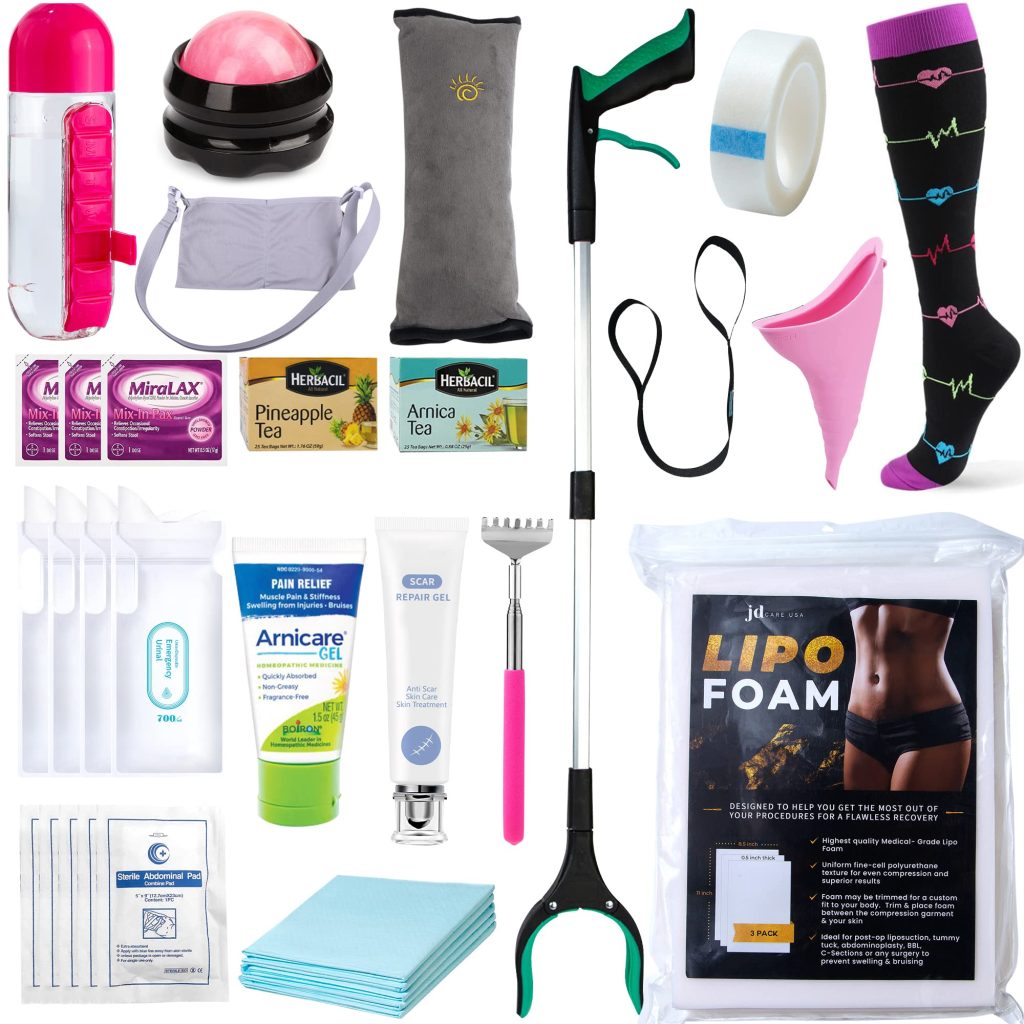
Managing Surgical Drains
Drain Lanyards
Using a lanyard for surgical drains can make recovery more comfortable. It allows patients to move without holding the drains. This setup reduces discomfort significantly. Many find it a simple yet effective way to manage drains after a tummy tuck.
Lanyards also keep the drains secure and in place, which helps in preventing accidental pulls. This is crucial for both comfort and healing.
Daily Care
Daily monitoring of surgical drains is essential. It prevents infection and promotes faster healing. Patients should clean the drain site as advised by their healthcare provider.
They must also track the amount and color of the drainage. This information is vital for doctors to assess healing progress. Any signs of infection, such as increased redness, pain, or unusual discharge, should prompt an immediate call to the doctor.
Safe Removal
Removing or adjusting a surgical drain should only be done under medical advice. Patients must never attempt this on their own. Typically, a healthcare provider will remove the drain when it’s no longer needed, often when the output decreases significantly.
Following the removal, continuing with good nutrition and supplements as discussed previously aids in further recovery and healing.
Wound Care Essentials
Gauze Pads
Keeping gauze pads on hand is crucial after a tummy tuck. These pads help absorb any fluid that may leak from the wound. Changing them regularly prevents infection and promotes clean healing. It’s one of the must-have items for post-surgery care.
They should be replaced every few days or more often if they become soaked through. This practice reduces swelling and discomfort, making the recovery process smoother.
Medicated Ointment
Applying medicated ointment is essential for preventing infection. It creates a protective barrier over the wound, keeping bacteria at bay.
This step should follow cleaning the area gently with soap and water. The ointment also keeps the skin hydrated, which is key in the initial days post-operation.
Scar Gel
To minimize scarring, using scar gel is highly recommended. It improves the appearance of surgical results by ensuring scars are less noticeable.
Scar gels contain ingredients that support skin healing and reduce redness. They should be applied once the wound has closed and not before to avoid irritation.
Gentle Care Tips
Gentle wound care involves patting the area dry instead of rubbing it. This method avoids irritating the sensitive skin around the incision site.
Using lukewarm water for cleaning and avoiding harsh chemicals can also prevent infection while promoting healing. Remember, gentle care speeds up recovery without compromising surgical outcomes.
Enhancing Recovery Comfort
Recliner Benefits
A recliner plays a crucial role in post-surgery comfort. It aids in maintaining a semi-upright position, which is essential for reducing swelling and improving blood flow. This position also alleviates pain, making it easier to get up without straining the abdominal area.
Recliners provide support that beds cannot, especially during the first few days when movement is limited. They allow for adjustments to find the most comfortable position at any given time of day.
Recovery Assistance
Arranging for a recovery home or assistance is vital post-tummy tuck. Professional caregivers or family members can help manage daily tasks, preventing the need for strenuous activities that might hinder healing.
Having someone around ensures you have the energy and time to focus on rest. They can also monitor your recovery progress, offering peace of mind during this critical period.
Pet Care Plans
Pets require attention and care, which might be challenging immediately after surgery. Planning for pet care in advance ensures your furry friends are looked after without compromising your recovery process.
Setting up pet care plans with friends, family, or professional services keeps pets happy and allows you to heal without additional stress or physical strain.
Pre-Surgery Preparations
Consultation Insights
Before marking the surgery date on your calendar, a detailed consultation with your plastic surgeon is crucial. They will outline what to expect during and after the procedure. This step ensures you’re mentally prepared for the recovery phase.
Patients should ask all their questions during these meetings. Understanding the potential for scarring and how to minimize it is essential. Surgeons often provide a list of supplies that aid in recovery.
Supply Checklist
After consulting with healthcare providers, start gathering your post-tummy tuck supplies. This includes prescriptions that your surgeon recommends for pain management and reducing infection risks. Purchasing these before your surgery eases stress, allowing you to focus on recovery.
Prepare your home by setting up a comfortable recovery area. Ensure this space has plenty of pillows for support and easy access to your supplies. Stocking up on meals with beneficial ingredients aids in healing and limits time spent on food preparation post-surgery.
Recovery Environment
Creating a calm environment plays a significant role in your recovery process. Consider the layout of your home and adjust furniture if necessary to prevent strain when moving around. Keeping necessities within reach minimizes exertion, facilitating a smoother recovery journey.
Optional Recovery Aids
Arnica Gel
Arnica gel stands out as a non-narcotic option to minimize bruising and swelling. Many find its natural properties a comforting alternative to stronger medications. It’s easy to apply and often recommended by surgical teams.
Patients report significant relief when using it as part of their recovery toolkit.
Compression Gear
Beyond the basic support garments, exploring additional compression options can enhance comfort. Shapewear designed for post-surgery use offers extra support and can improve healing outcomes.
These garments are tailored to maintain pressure on the surgical site, reducing risk of complications. They also aid in shaping the body during the critical recovery phase.
Convenience Services
Recovery requires rest, making tasks like cooking challenging. Food delivery services become invaluable, providing nutritious meals without the strain of kitchen work.
Consideration for pet care is equally important. Temporary pet care eases the burden, ensuring pets are looked after while you focus on recovery.
Final Remarks
After tummy tuck surgery, your journey to recovery requires the right gear and knowledge. From compression garments that aid healing to nutrition that fuels your body, every item on your checklist plays a crucial role. Managing surgical drains, ensuring proper wound care, and enhancing comfort are not just recommended; they’re essential for a smoother recovery. Pre-surgery preparations and optional aids also contribute significantly to your post-op experience, making it as comfortable as possible.
Remember, your body needs time and the right support to heal. By following these guidelines and incorporating recommended supplies into your recovery plan, you’re setting the stage for a successful healing process. Don’t hesitate to reach out to healthcare professionals for advice tailored to your specific needs. Your health and comfort should always come first. Ready to take the next step in your recovery journey? Start assembling your post-tummy tuck kit today.
Frequently Asked Questions
What items are essential for tummy tuck recovery?
Compression garments, nutritional supplements, and wound care supplies are crucial. They reduce swelling, support healing, and prevent infection.
How do compression garments aid in post-tummy tuck recovery?
They minimize swelling, improve blood circulation, and support the surgical area for faster recovery.
What nutritional supplements should I consider after a tummy tuck?
Focus on protein-rich supplements and vitamins A and C to boost healing and immune function.
How do I manage surgical drains post-tummy tuck?
Emptying and measuring the drain output regularly is key. This helps monitor your healing process effectively.
What are the essentials for effective wound care after a tummy tuck?
Sterile gauze, antiseptic wipes, and prescribed antibiotic ointment are fundamental to prevent infection and promote healing.
Can anything enhance comfort during tummy tuck recovery?
Elevating your legs, using ice packs for swelling, and having extra pillows can significantly increase comfort levels.
Are there any optional aids that might help with my recovery?
Yes, scar treatment creams and gentle massage tools can aid in reducing scar appearance and improving tissue flexibility.







